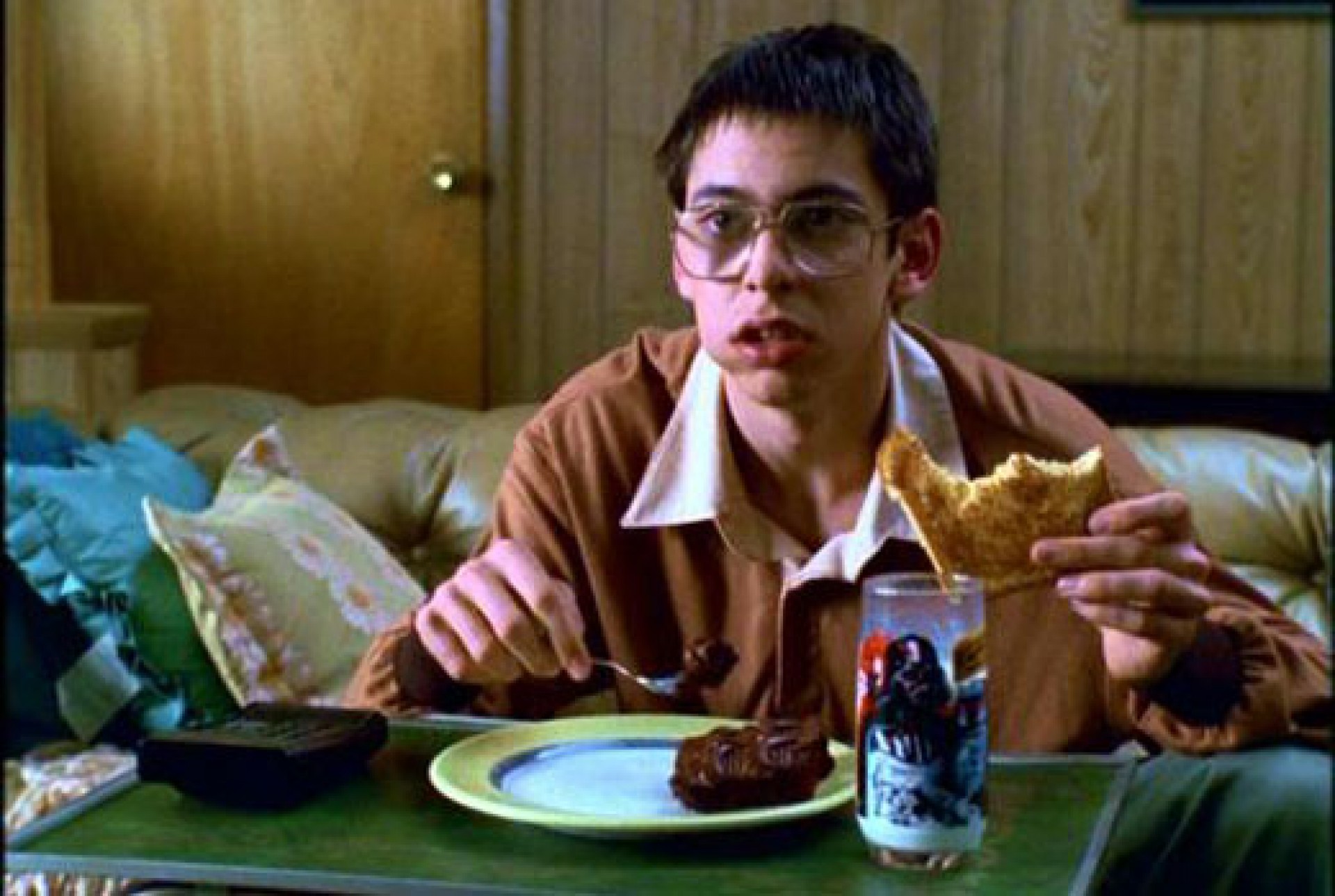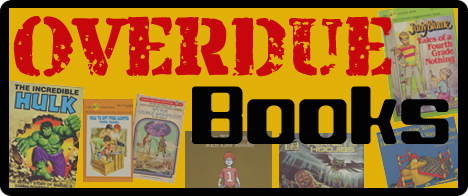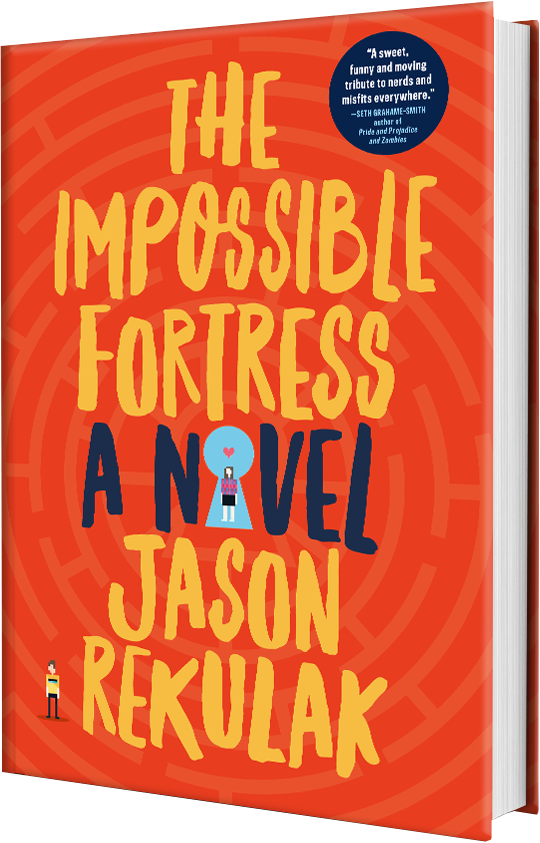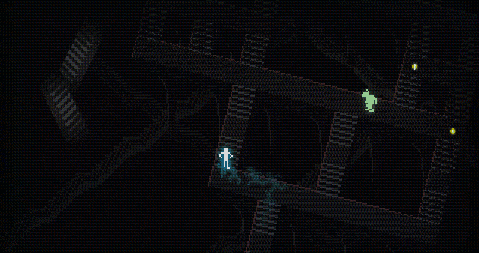I think it’s fair to say that I am pretty well versed in the pop culture of the 1980s, and sometimes I wonder if that hampers my enjoyment of the current nostalgic revival of that wonderful decade. I spend almost every day of my life looking back at some aspect of my childhood, whether it’s getting lost while looking through all of the 30 year-old treasures I have set up in an Ikea glass case in my office, popping in one of my favorite 80s era kid’s flicks into the Blu-ray player for background noise while I do chores around the house, or surfing through the posts of my like-minded friends on the various social media outlets I obsessively check during breaks at work. Turning my gaze back to the eighties is like comfort food for me, and it’s something I indulge in so often that when I stumble on something new that is supposedly tailor-made for my intense nostalgia, say a remake of a beloved television show or film, a updated retro toy line or a novel chock full of references and homages that I’m sure to love, I usually find myself loathe to give that new thing a chance. I mean with a plethora of movies, hundreds of television shows with thousands of episodes, and mountains of vintage ephemera that I have at my fingertips to revisit or rediscover, why would I want to dive into something new to strum my nostalgic heart strings?
Maybe I feel like this because I’ve been burned by so many subpar movie remakes, or because I had such a hard time making my way through books like Ready Player One that feel like every other passage is just another in an absurdly long line of attempts to “wow” me with the author’s encyclopedic knowledge of 80s pop culture. I mean the reason that we love Ferris Bueller, Hall & Oates, and Magnum P.I. is because of what they are, the stories they told, and the iconic characters or personalities. If all you’re doing is machine-gunning references to 30 year-old pop culture then all else falls flat. There’s also a tendency in these movies and books to over compensate for the all the references and homages. You can feel the heavy hand of the editors and producers insisting that these pop culture nods be painstakingly explained and annotated for the audience to make sure that they don’t get lost in the nostalgic noise. I think this might be what bugs me the most as a reader or viewer, that these asides and Easter eggs aren’t just there to set the mood, they’re treated like they’re integral to the plot of the story and therefore the whole thing starts to unravel for me. I can’t help but roll my eyes while the characters get overshadowed by descriptions of their overly accurate 80s wardrobe, what television shows they watch, and their favorite junk food. The simple fact that the story is set in the eighties trumps any motivations or character development.
Well, that’s the pessimist grump in me at least, and lately I’ve been trying hard not to let that part of my brain get the better of me. I’d like to think that at heart I’m an optimist, so even though I’m usually not super fond of new nostalgic stories, I still try and give them a shot whenever I can. I mean, for every five crappy Transformers movies that hit theaters there’s a brilliant film like the throwback, musical, love story Sing Street. For every failed Knight Rider reboot there’s an amazing short-lived show like Freaks & Geeks. So when I was approached by the folks at Simon & Schuster recently to check out the debut novel by Jason Rekulak, The Impossible Fortress, I figured why not give it a go. Maybe this was the book that would make up for the hours I spent reading books like 8-Bit Christmas or Ready Player One…
Set in the armpit of New Jersey during May of 1987, The Impossible Fortress is mixed genre novel that follows three fourteen year-old boys on a quest to obtain the holy grail of smut, the newest issue of Playboy featuring a pictorial of America’s favorite game show hostess, Vanna White. In an attempt to snag a copy of the magazine and make a fortune selling photocopies to their classmates, the boys have to devise a plan in order to evade the local hard-nosed beat cop, outwit a curmudgeonly store owner, seduce the store owner’s daughter, and partner with a dangerous town punk. The novel is a very fun mash-up of the coming of age teen dramedies, kid’s adventure flicks, and heist movies that defined the 80s, yet has enough character and heart to stand out on its own.
The first third of the novel was a little slow going for me as Rekulak was falling into the trap of setting over substance, hitting up the 80s references pretty fast and hard that it really started to feel like the whole book was just an excuse to talk about 30 year-old pop culture. I mean one of the main characters is named Alf just like everyone’s favorite Melmacian, cat-hunting sarcastic alien. The central focus of getting ahold of a copy of the latest issue of Playboy, and the difficulties thereof was also a bit silly, over the top and slapsticky, but as soon as the main protagonist, Billy Marvin, bumps into the cute as hell computer programmer Mary Zelinsky, the book took a turn and had me hooked. It’s at this point where the story shifts gears a bit and lets the characters really come to the forefront. Rekulak pulls back from the gimmicks that frame the plot and what’s left is a purely nerdy romance between two young characters wrapped around the creation of a computer game, the titular Impossible Fortress. This is where the novel really shines, in the all too relatable and awkward moments between Billy and Mary and their discussions on game design. I wasn’t expecting to fall so hard for these two characters, but as soon as they’re hip deep in code, talking about animating sprites and writing secret love notes trapped within playable text adventure games I was smitten.
It certainly doesn’t hurt that the novel touches on so many things that I can very viscerally relate to. Like Billy and his friends Alf and Clark, I was part of a small close-nit group of kids who were a tiny clique unto ourselves in our middle and high schools. We didn’t fit into any of the larger groups, we weren’t smart enough to hang with the brains, sporty enough to sit with the jocks, or wasted enough to really fit in with the artsy kids or the punks. I also spent a summer with my best friend working on designing a 80s era adventure game in the tradition of the Data Soft, Lucas Arts or Sierra games like King’s Quest, Monkey Island or Police Quest, so the back and fourth between Billy and Mary really hit home. Hell, I even have my own over the top and silly experiences scoring my own first issues of Playboy back in 1987 (though I was 10 at the time and not quite the world weary 14 of the heroes in this book and the cover girl was Brigitte Nielsen not Vanna White.)
On a side note, it was also at this point where I realized that for me this story is a spiritual sequel of sorts to the TV show Freaks & Geeks. There are some (to me) pretty clear homages to the series in this book, and even though I’m sure I’m reading way more into this connection that I probably should, I can’t help but feel that Billy Marvin is Bill Haverchuck (the impossibly and beautifully awkward character Martin Starr portrayed in the show.) I know it’s unfair to make the comparison between the two characters as it’s just me merging the two, but once I made that connection I couldn’t get it out of my head. I always wished we’d gotten a second season of Freaks & Geeks and in a weird way The Impossible Fortress was sort of a bit of wish fulfillment in that department.

Any way you slice it though, if you’re a fan of 80s nostalgia, computer games, or awkward romances do yourself a favor and seek out a copy of Jason Rekulak’s debut novel, The Impossible Fortress. And since we’re living in such an amazing time of multimedia branding and marketing, Rekulak’s fictional game in the book was actually made a reality and is playable on the author’s website! Holy crap, the game is a lot of fun and just cements my love for Billy & Mary and the game that brought them together.



